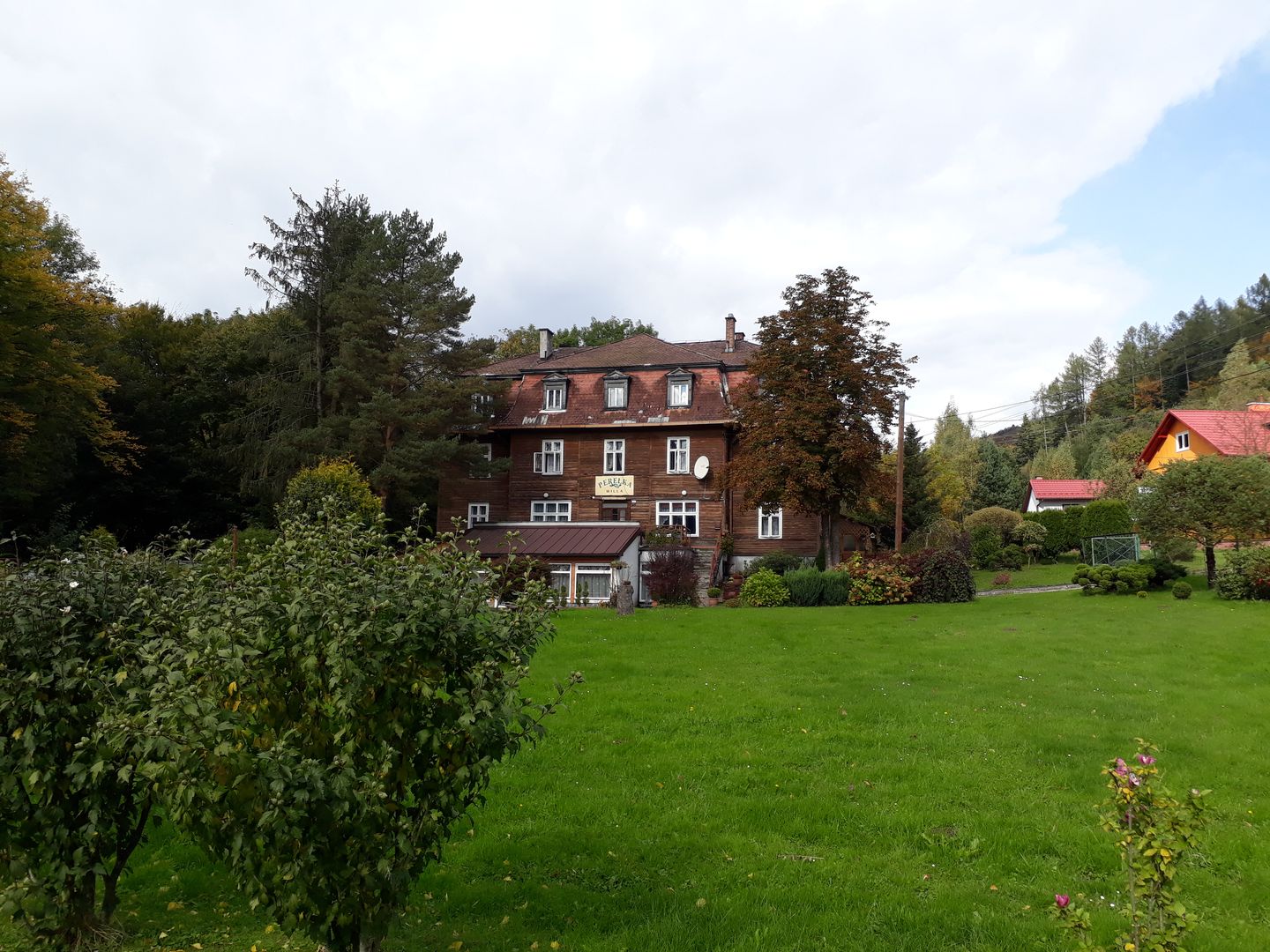Szymbark
6.55

Overview
Szymbark is a village located in the northwestern part of the Low Beskids, in the valley of the Ropa River, nestled between mountain massifs. The village boasts numerous historical monuments, including a 16th-century defensive manor house, a wooden church dedicated to St. Adalbert from 1782, a Greek Catholic church, and war cemeteries. Tourist attractions include the Jelenia Góra Nature Reserve, the Perełka Villa, and the landslide lake known as the Beskidzkie Morskie Oko. Szymbark also serves as a starting point for several hiking trails, including the Wincenty Pol Trail. The history of Szymbark dates back to the Middle Ages when it was the residence of the Gładysz family, who governed the area from the 14th century. The defensive manor house, built in 1540, served as the center of the family's power and has survived to this day. Szymbark underwent many changes—from a town that received its charter before 1388, it transformed into a village, which occurred before 1595. In the 18th century, the village was described by Ewaryst A. Kuropatnicki and later belonged to Fr. Jan Bochniewicz. In the 20th century, Szymbark became not only a retreat for famous writers but also a site of clandestine activities during World War II, where units of the Home Army operated. An interesting fact is that Szymbark is home to the Research Station of the Institute of Geography and Spatial Organization of the Polish Academy of Sciences and an active Volunteer Fire Department, which has been operating since 1956. The name Szymbark originates from the German name Schönberg, meaning "Beautiful Mountain," highlighting the picturesque character of this locality.
Location
Tickets
Powered by GetYourGuide
2025 Wizytor | All Rights Reserved